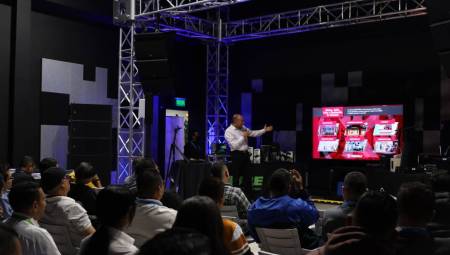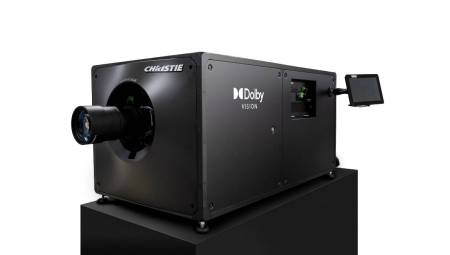 In the two previous installments we have talked about the different elements or capsules of the microphones, where we detail the condenser and the dynamic, these being the two most important and common in the industry, but not the only thing.
In the two previous installments we have talked about the different elements or capsules of the microphones, where we detail the condenser and the dynamic, these being the two most important and common in the industry, but not the only thing.
Juan Tamayo*
Possibly in another installment we will talk about ribbon microphones. We also discussed the polar pattern and the different properties it possesses, including the distance factor and the relationship to gain. For this installment we will talk about more diverse topics.
Ghost Fountain
The phantom power is one of the topics that are least addressed in the studio in audio subjects, and unfortunately you do not have all the benefit that we can squeeze to that voltage that the console gives us. Some only refer to this as the +48V that a processor or a console gives us.
The phantom source is developed to be able to polarize the condenser-type capsules. Because of its electrical nature, a capacitor requires a voltage differential in order to operate. Additionally, over time this voltage is used to power a pre-amplifier into the microphones and make the voltage travel through the cable from the microphone to the console more stable. Some elements will only require +9, +24 or +48V (if powered with higher voltage you may not have problems, if powered with a lower voltage it may not work or floor noise increases).
But those are not the only applications. Today the phantom source is also used to power active direct boxes, power remote mixers, power light-emitting diode ignition circuits or LEDs, among many other applications.
The phantom source has also been considered as the father of Power Over Ethernet or PoE, because its application is very similar and can be said to possess the same functional nature. But, dear reader, keep in mind that if you are not careful with this voltage it can affect or damage some electronic elements.
This development is designed to travel through the positive channel and the negative channel of the balanced signal. If you connect an unbalanced item that does not have a phantom source discharge circuit such as a computer or mixer, it can seriously damage the output circuit of the audio device connected to the signal fed with the phantom source.
Frequency response
In the previous installment we talked about the listening angles of a microphone, the frequency response has to do a little with this. We can define the frequency response term as the ability to hear a microphone across the spectrum of sound frequencies.
It is usually defined by a graph that goes from 20 Hz to 20 KHz, like the human ear, but in some microphones it is taken from 0 to 25KHz or up to 30 KHz, this is because in many cases the signal when it reaches 20 KHz has already lost 10 dB, then microphones are developed so that when they reach 20 KHz their loss is not considerable. The engineer or interested person is offered to observe the answer beyond where he can hear to study its stability.
I consider these graphics to be cold because many times they do not express how a microphone causes the captured signal to change. Many consider microphones that have a flat frequency response to be the best (they do not change the input signal). I differ from this theory, I believe that a good designer should look for the microphone that best suits the application you want to design.
A clear example is that if a microphone is required for a teleconferencing, I must look for a microphone whose frequency response enhances the frequencies of the human voice (averages) and, for example, that attenuates the low frequencies that is where the frequencies produced by mechanical elements such as air conditioning units are located.
In this installment we talk about the phantom source and the frequency response of the microphones. If you have any questions please do it through the digital version of the magazine or you can write to me [email protected].
*Juan Tamayo is a senior application engineer for Audio-Technica Latin America, with more than 10 years of experience performing audiovisual projects as a designer, integrator, consultant, among other functions.















